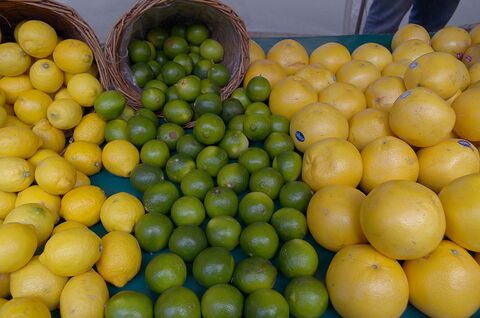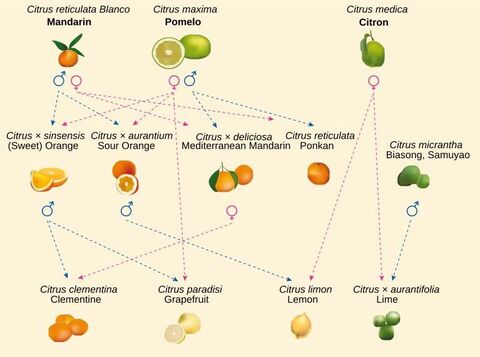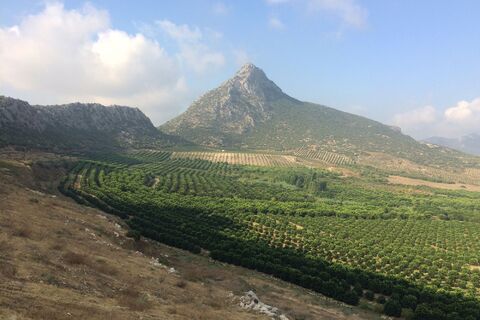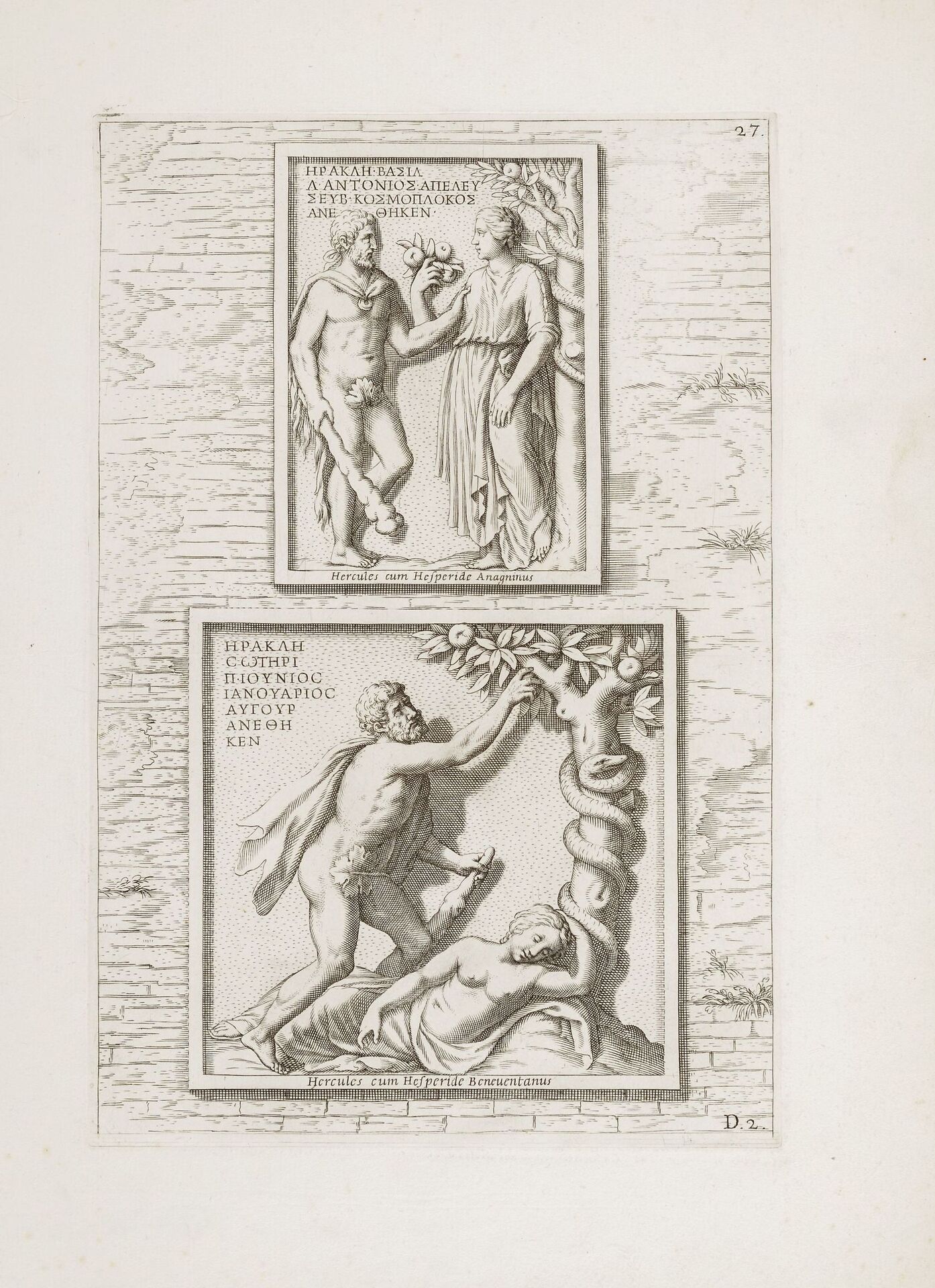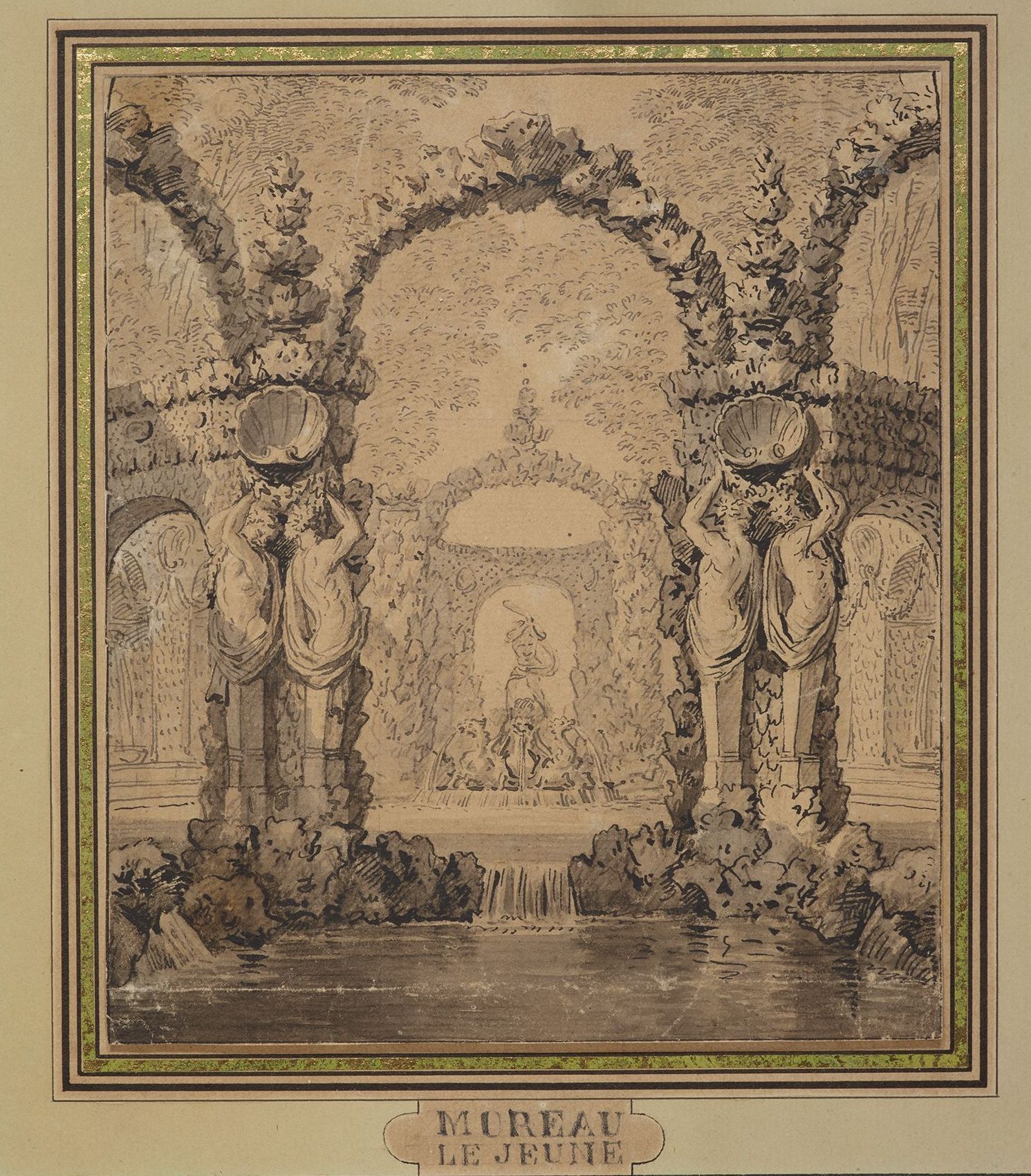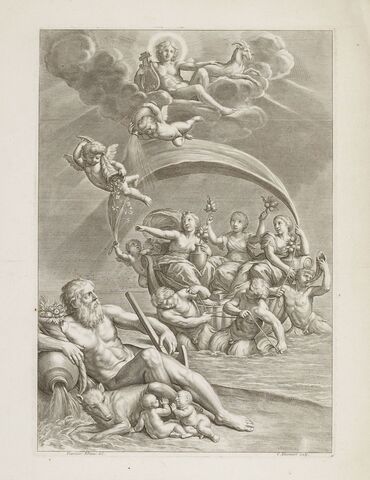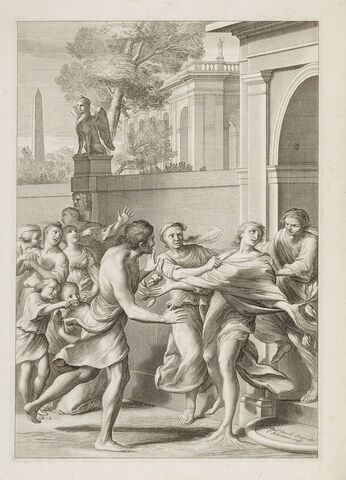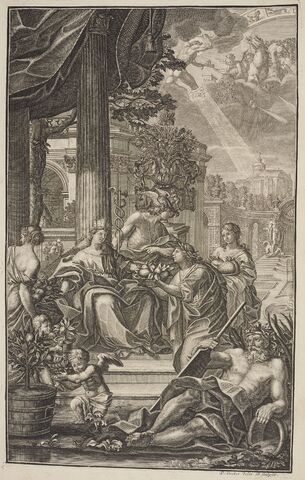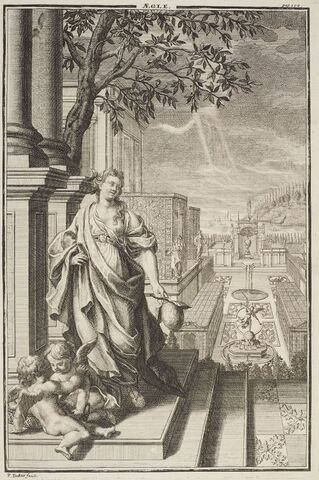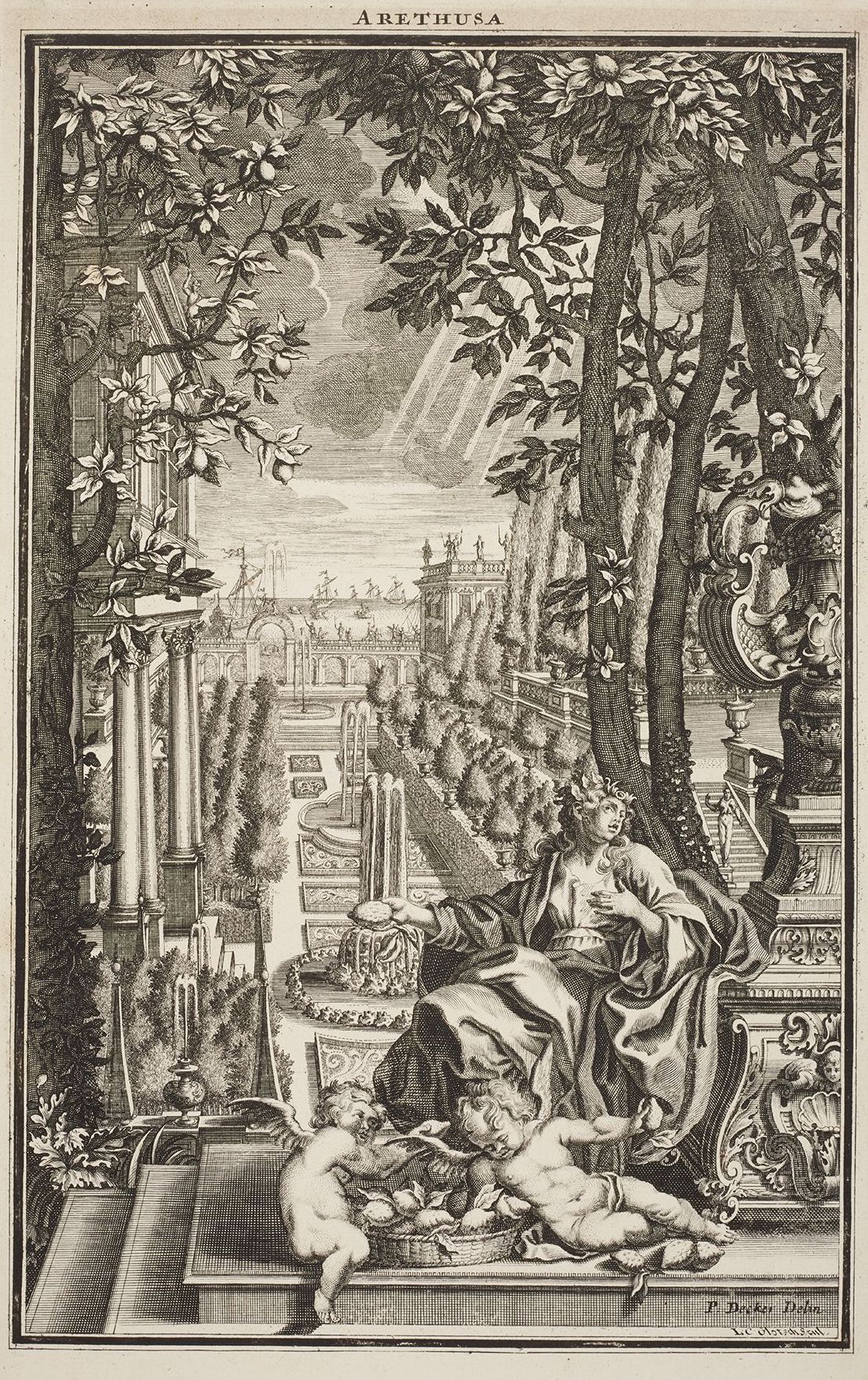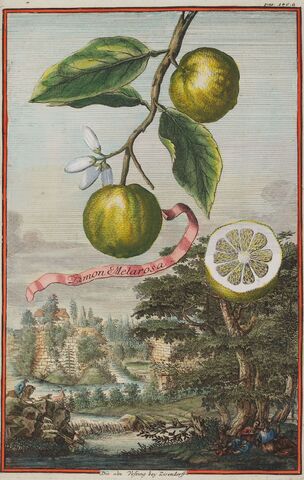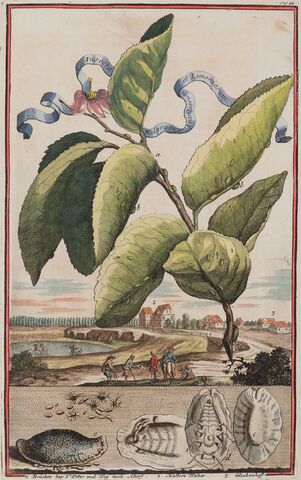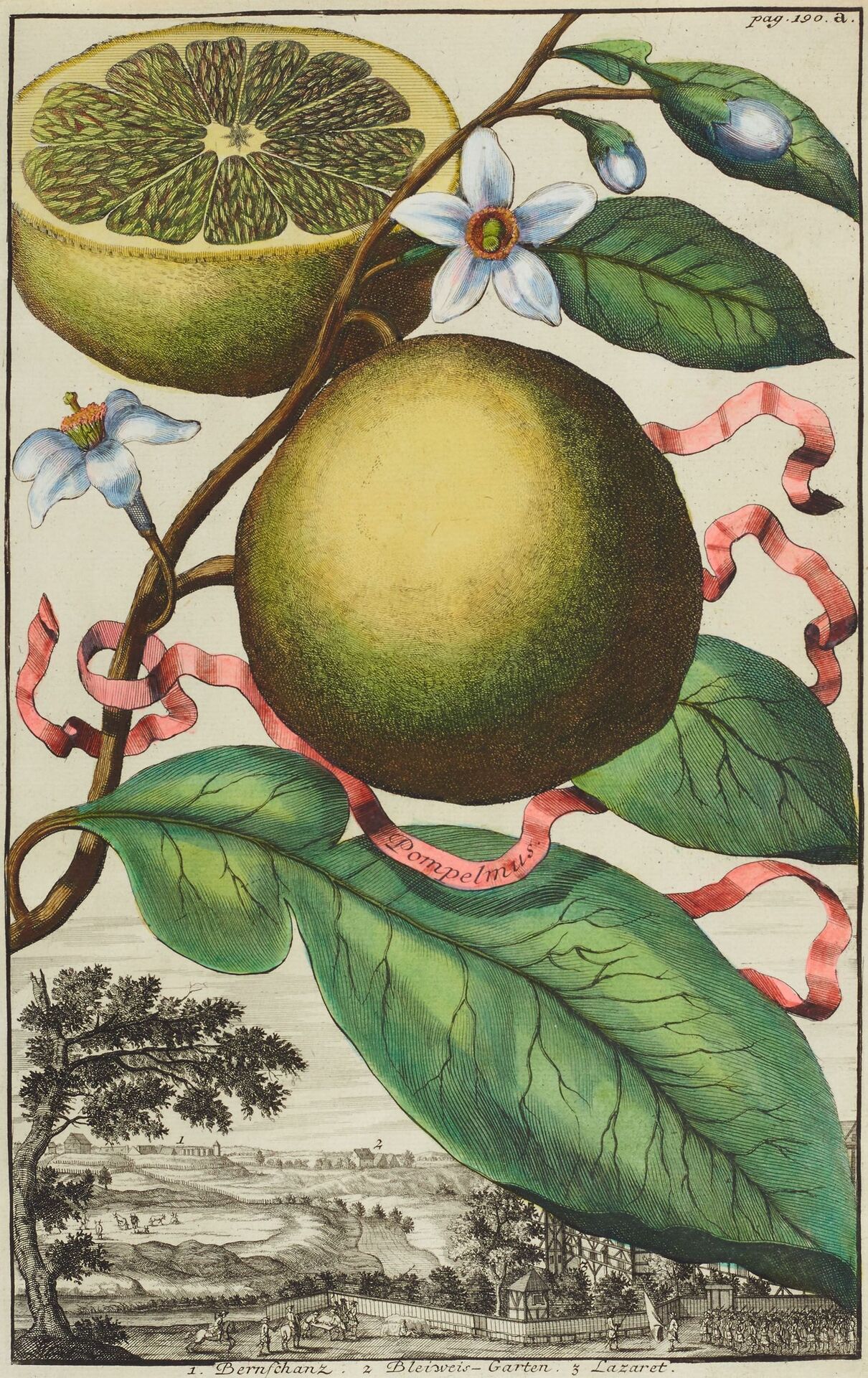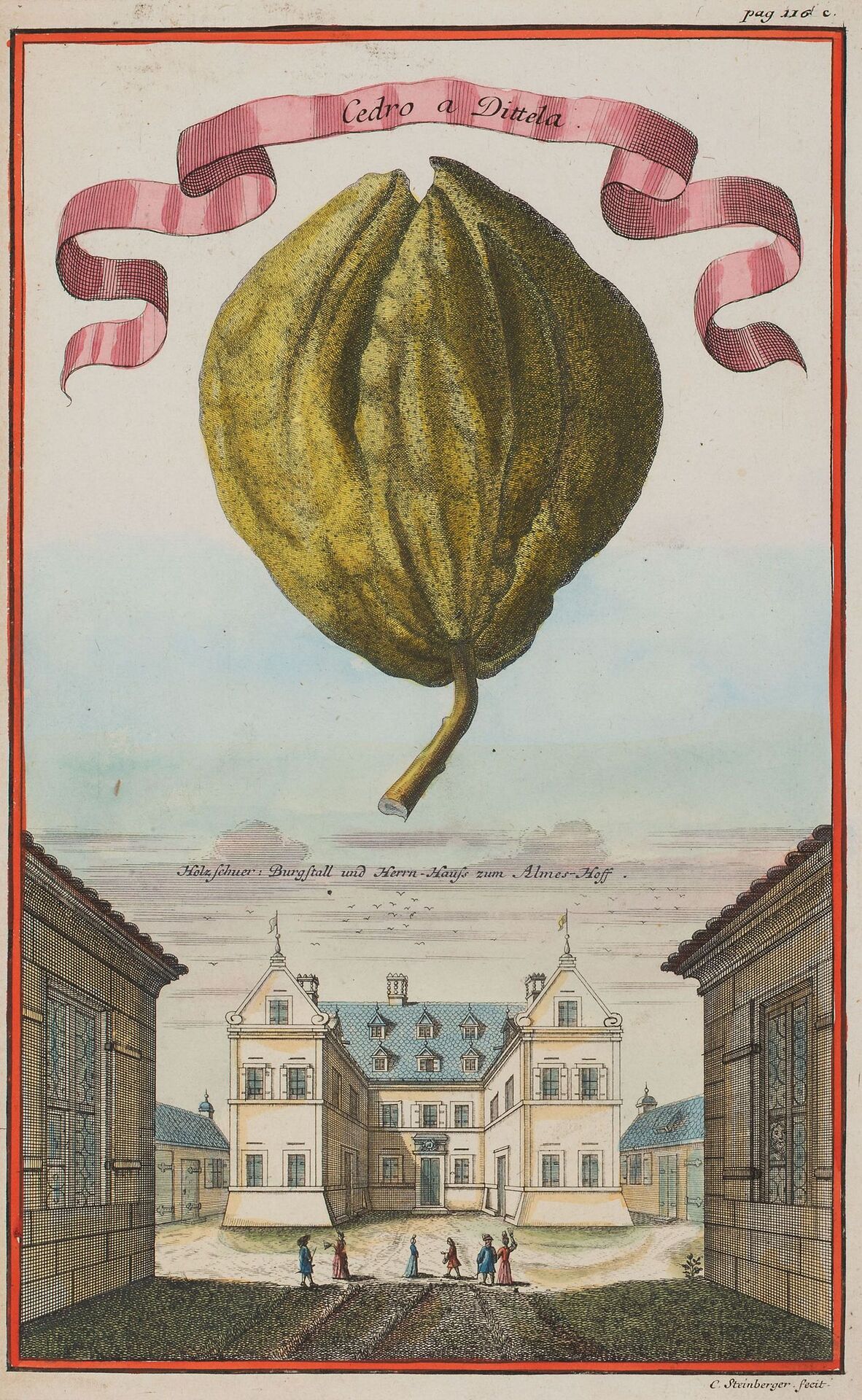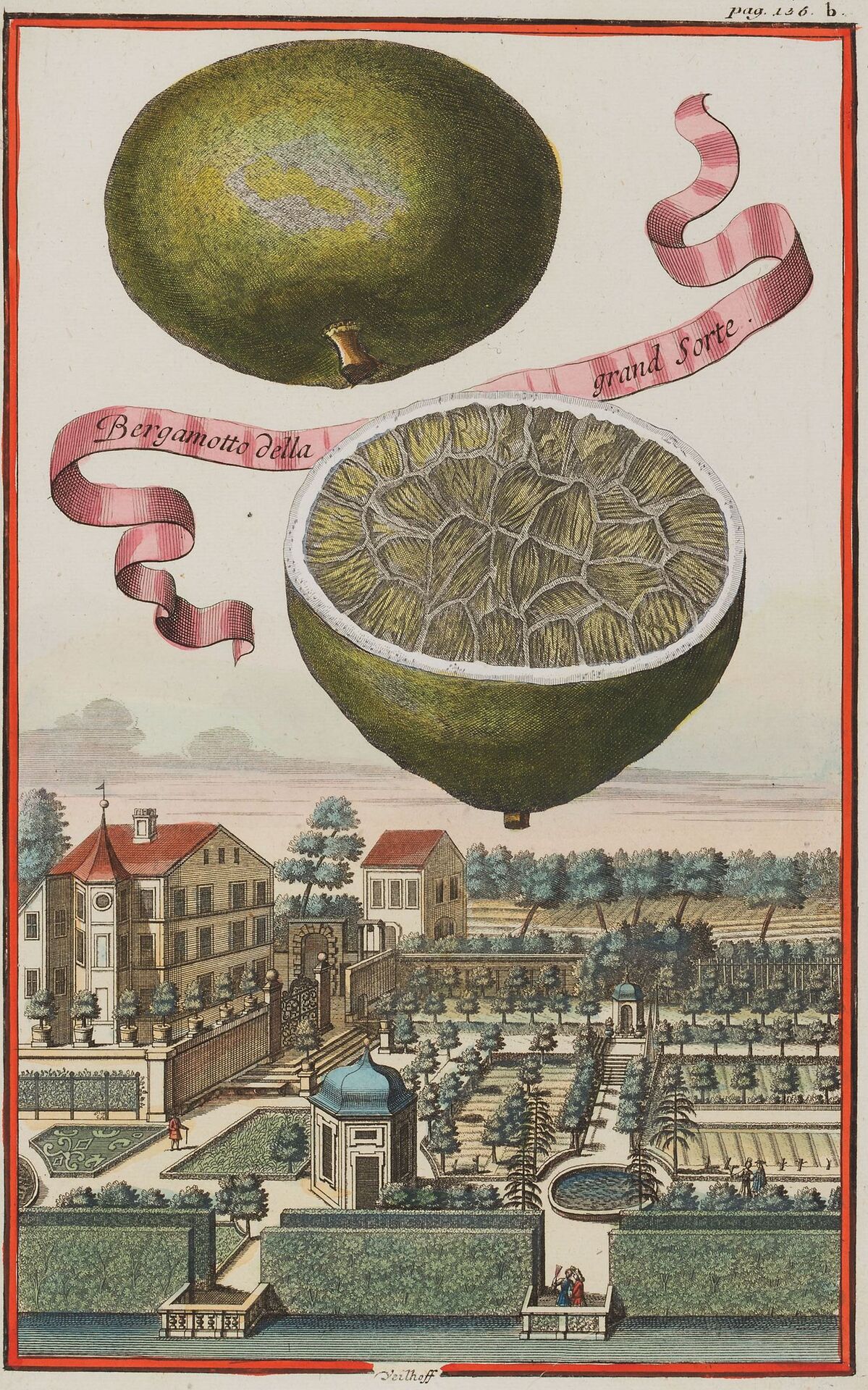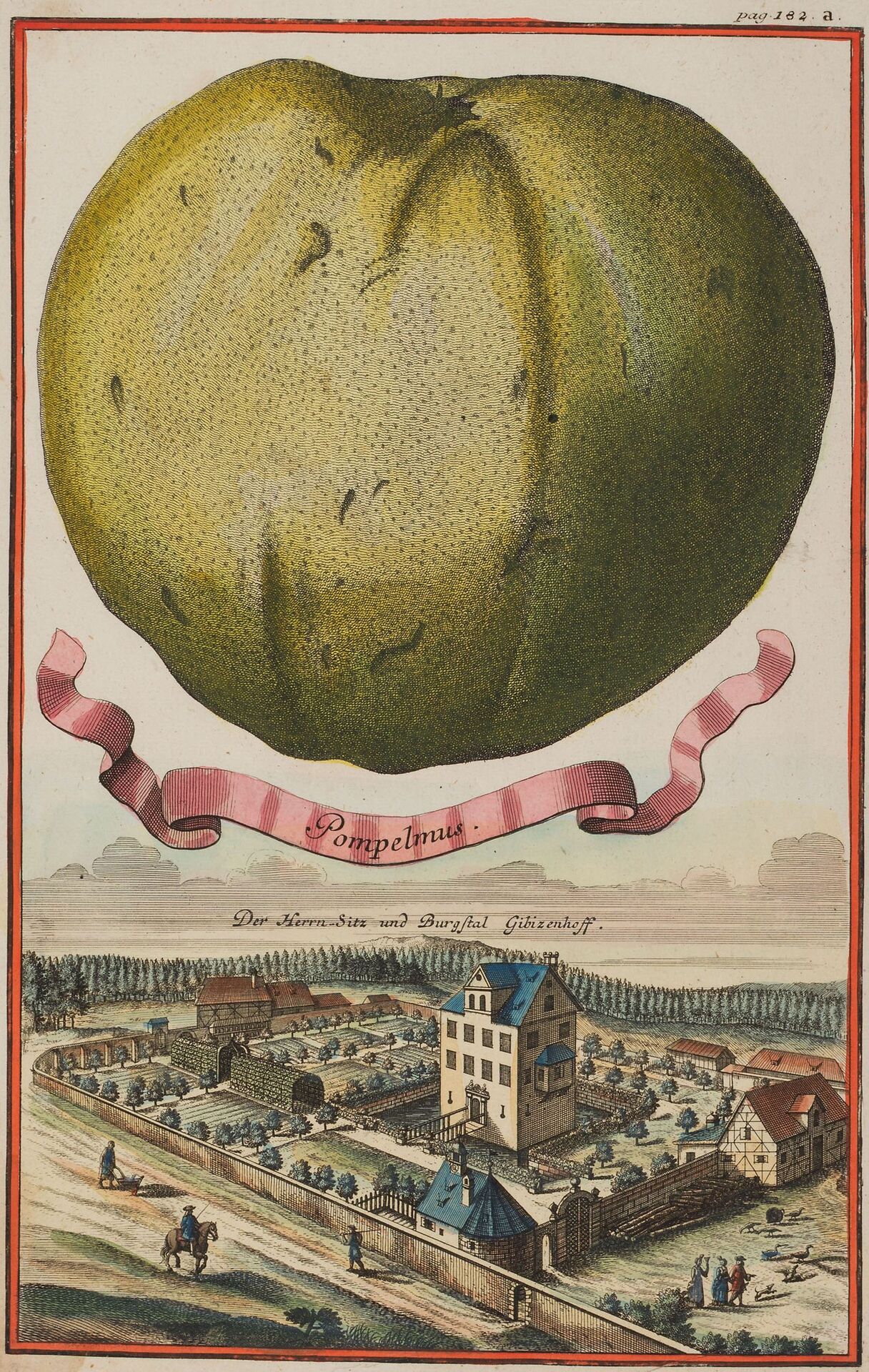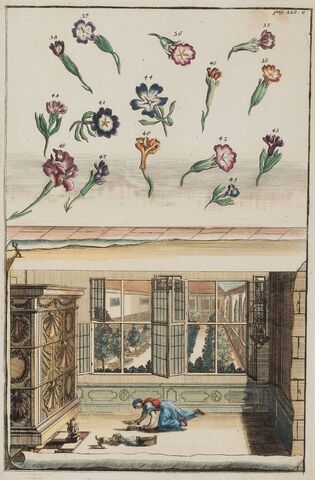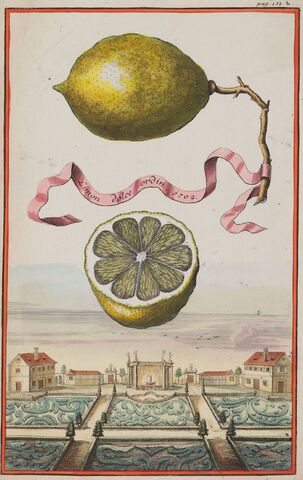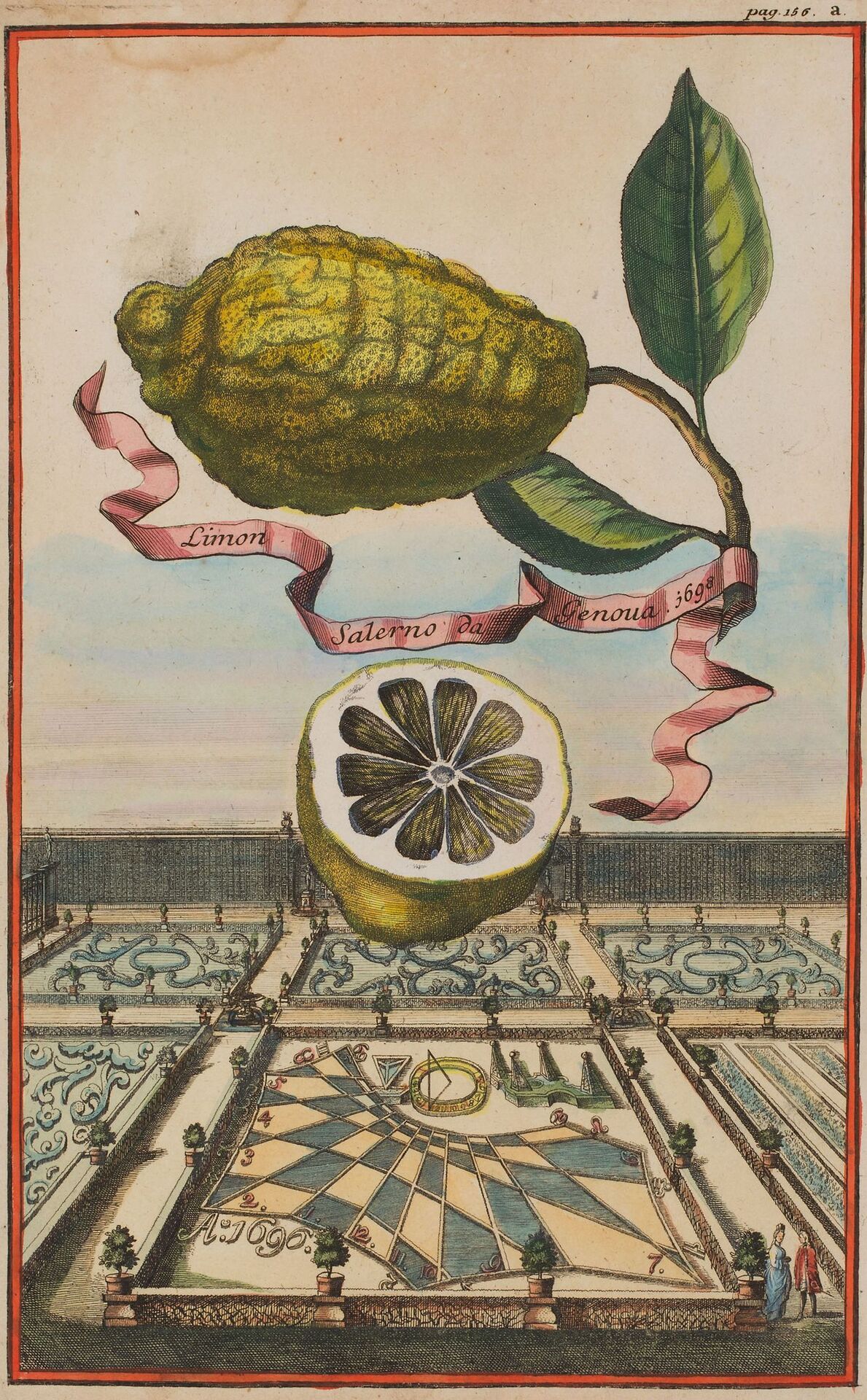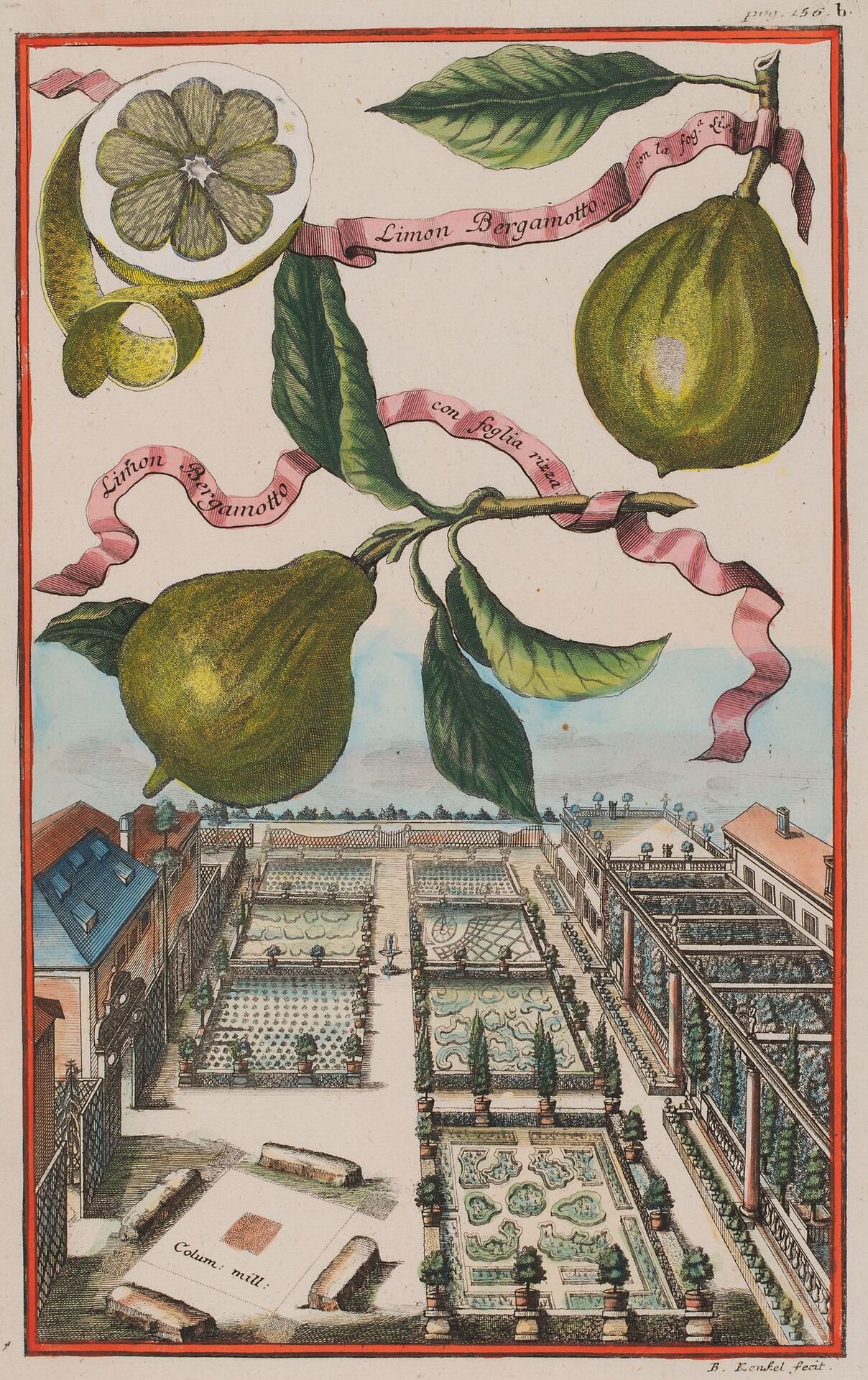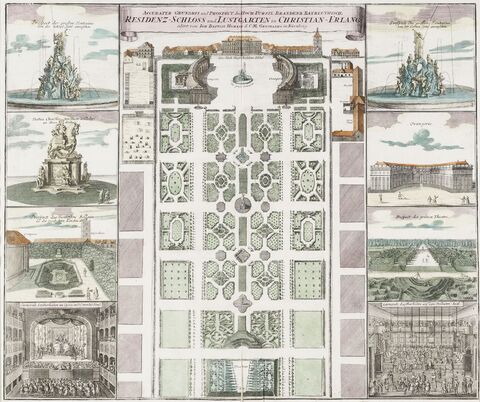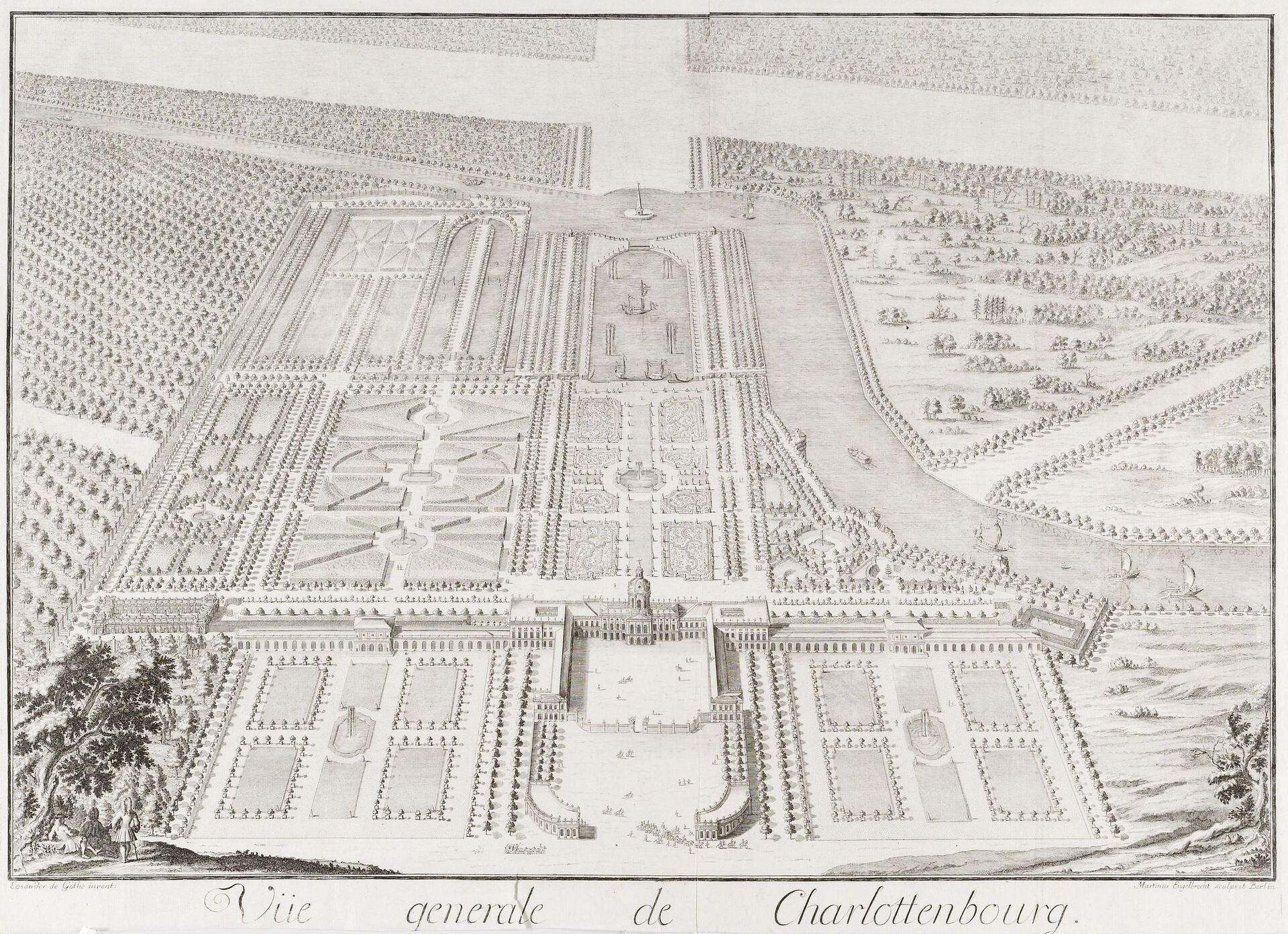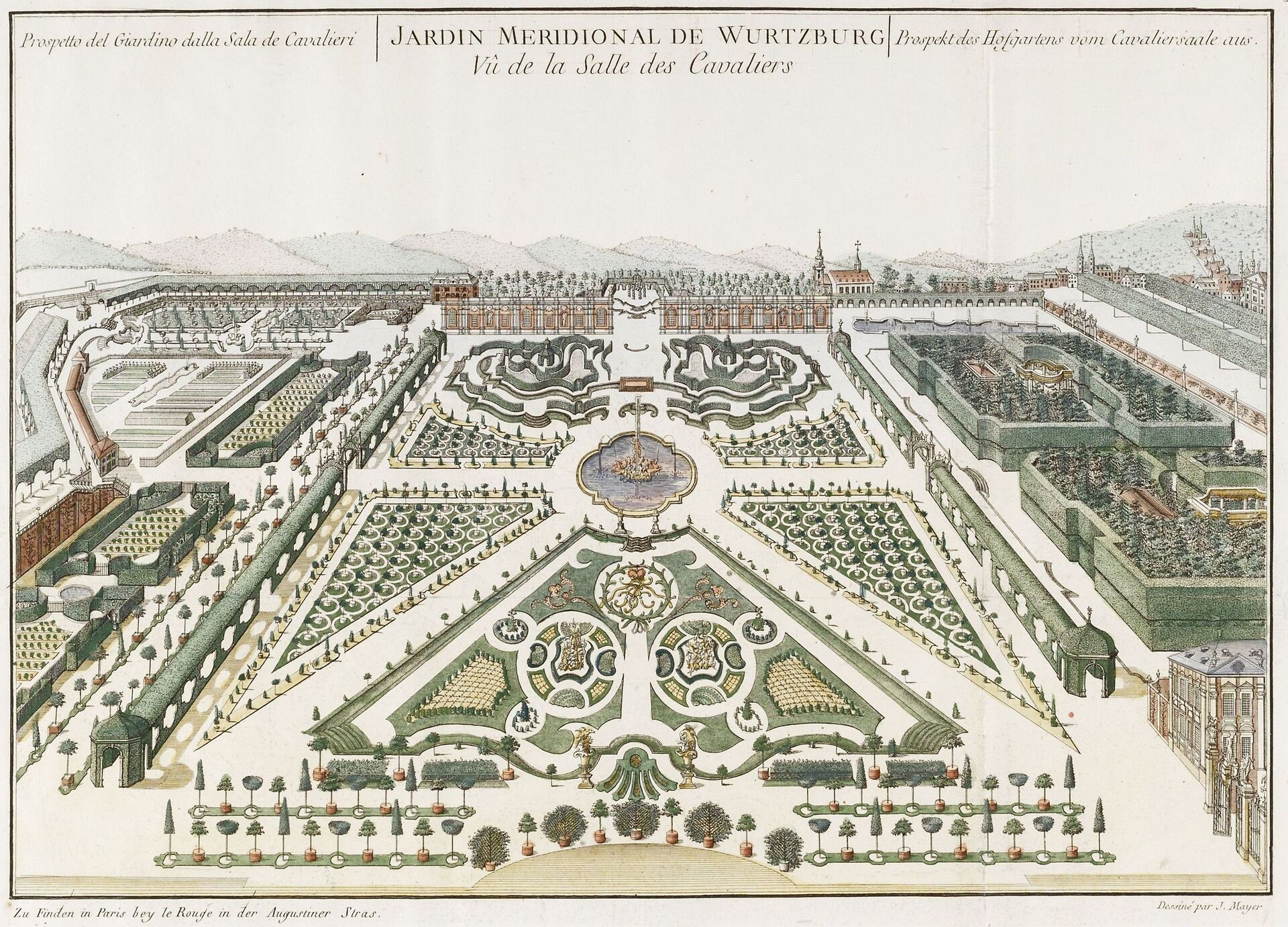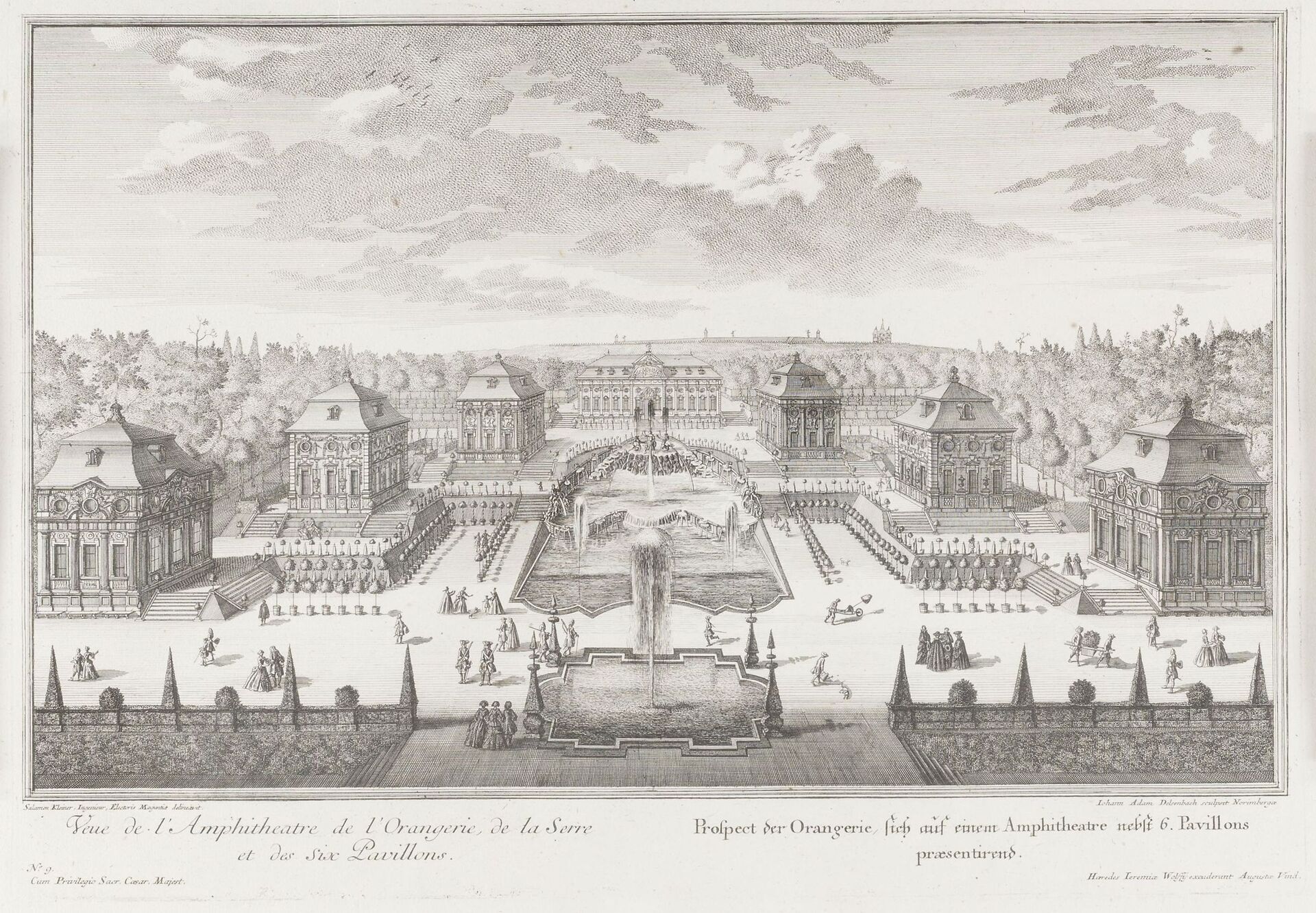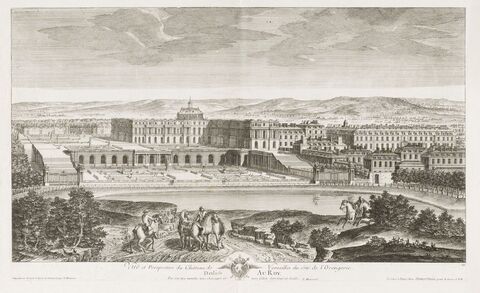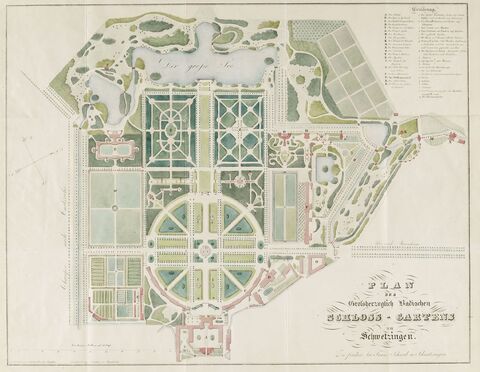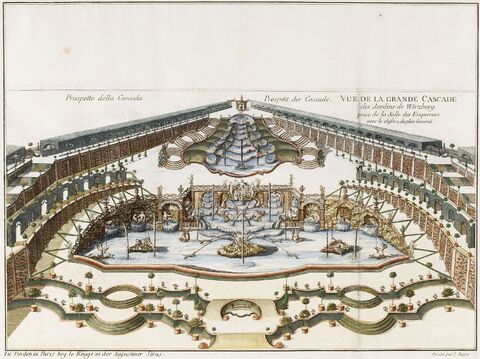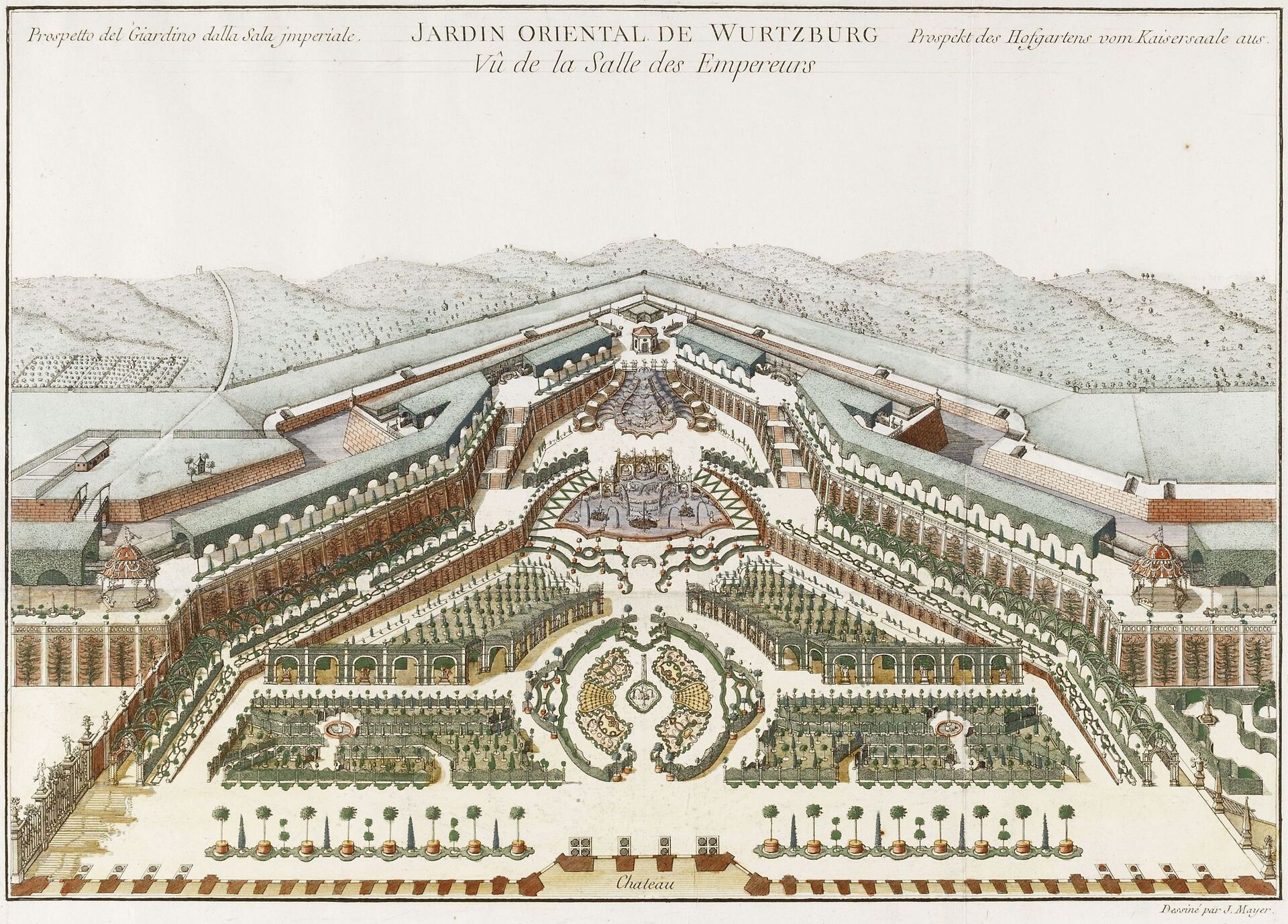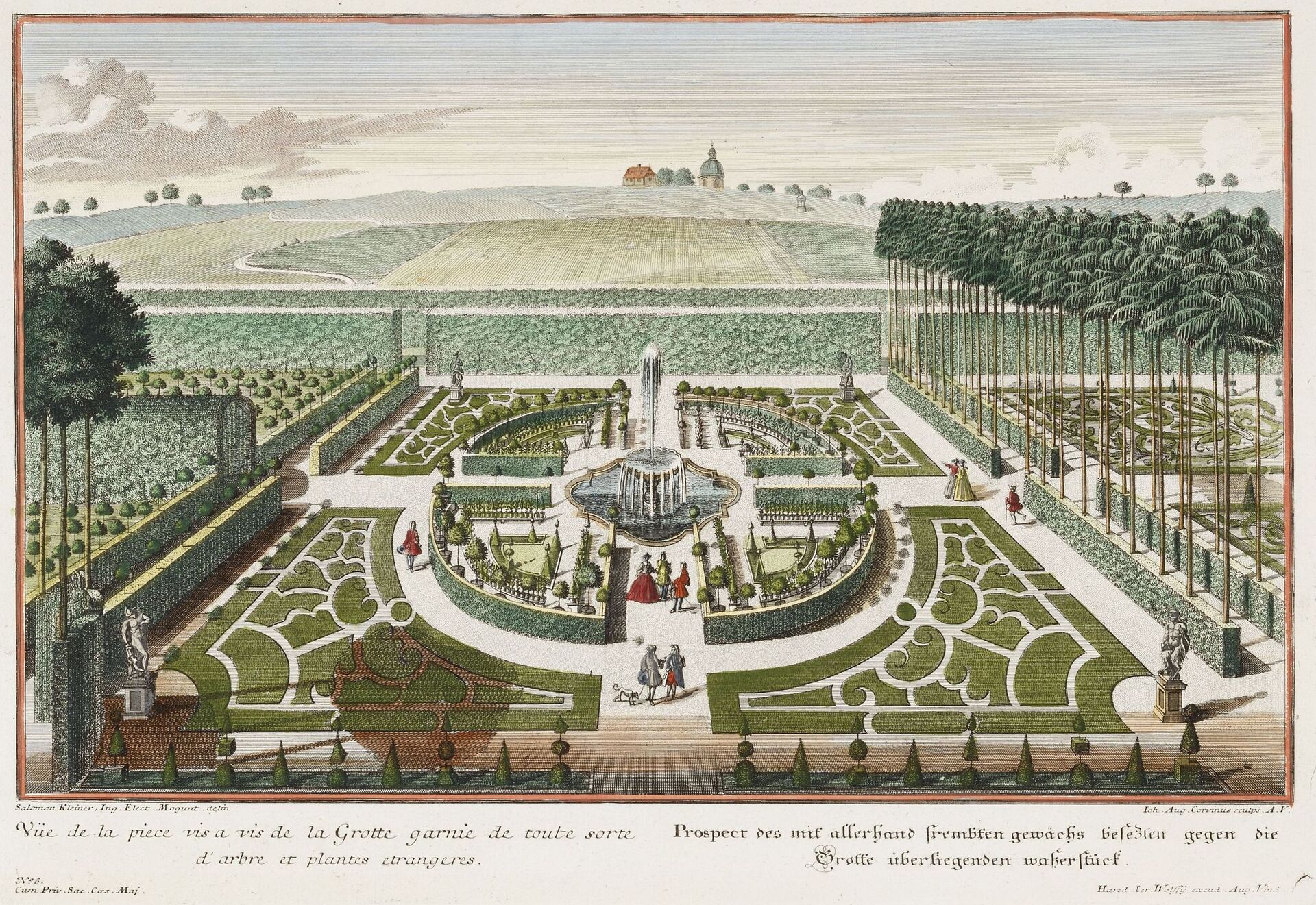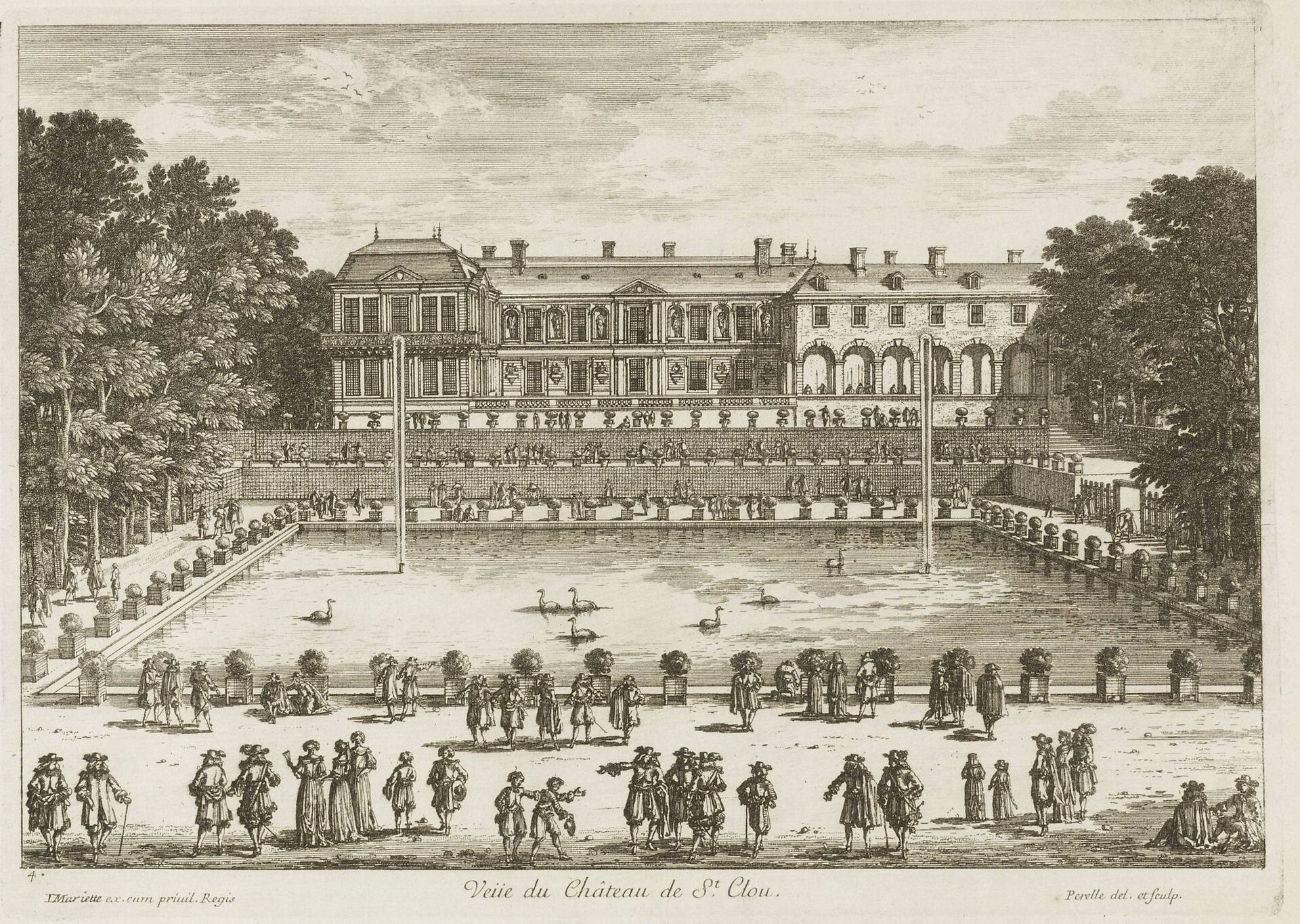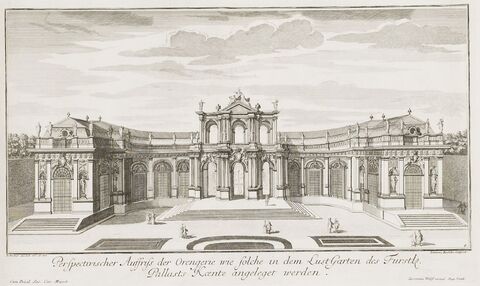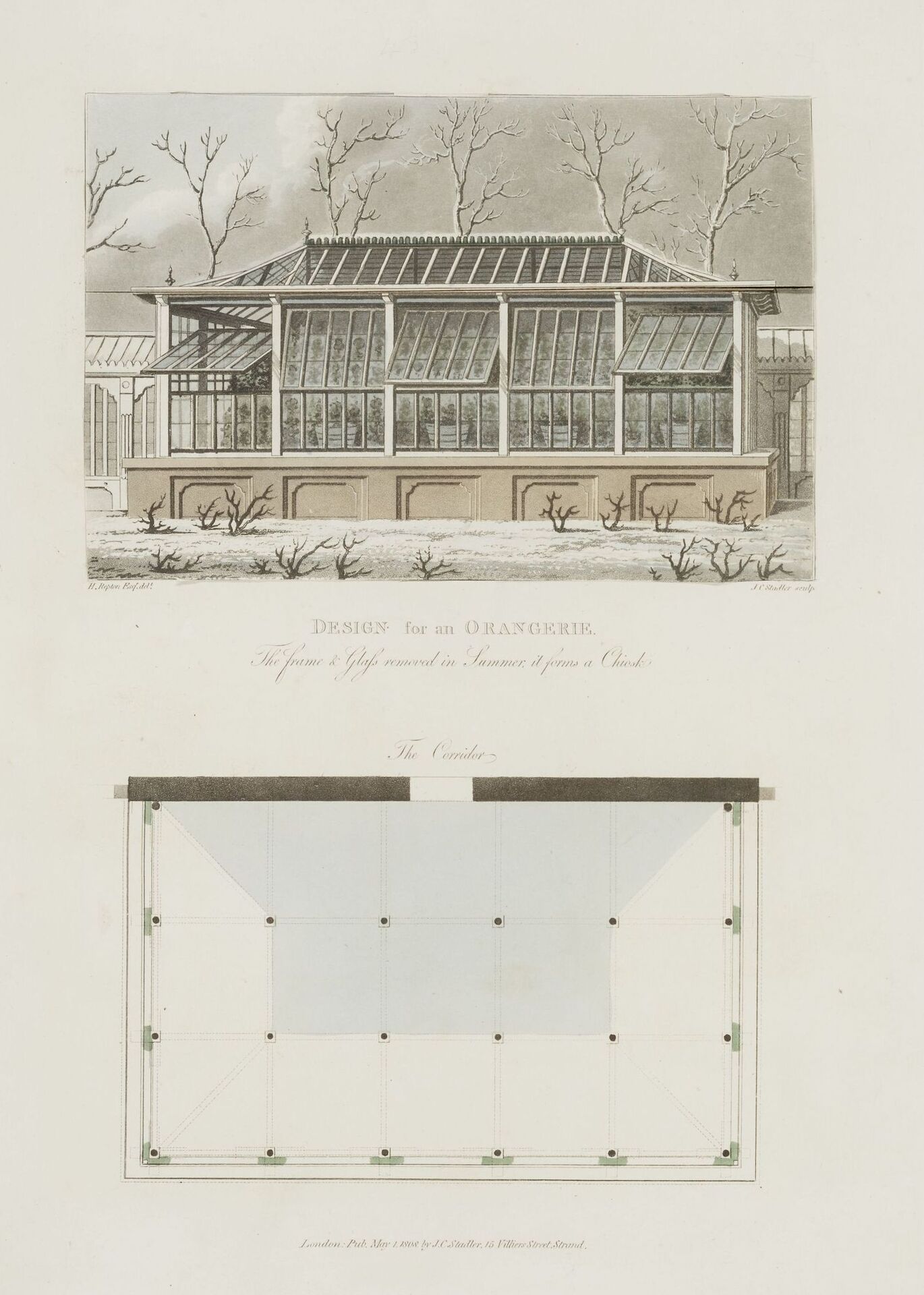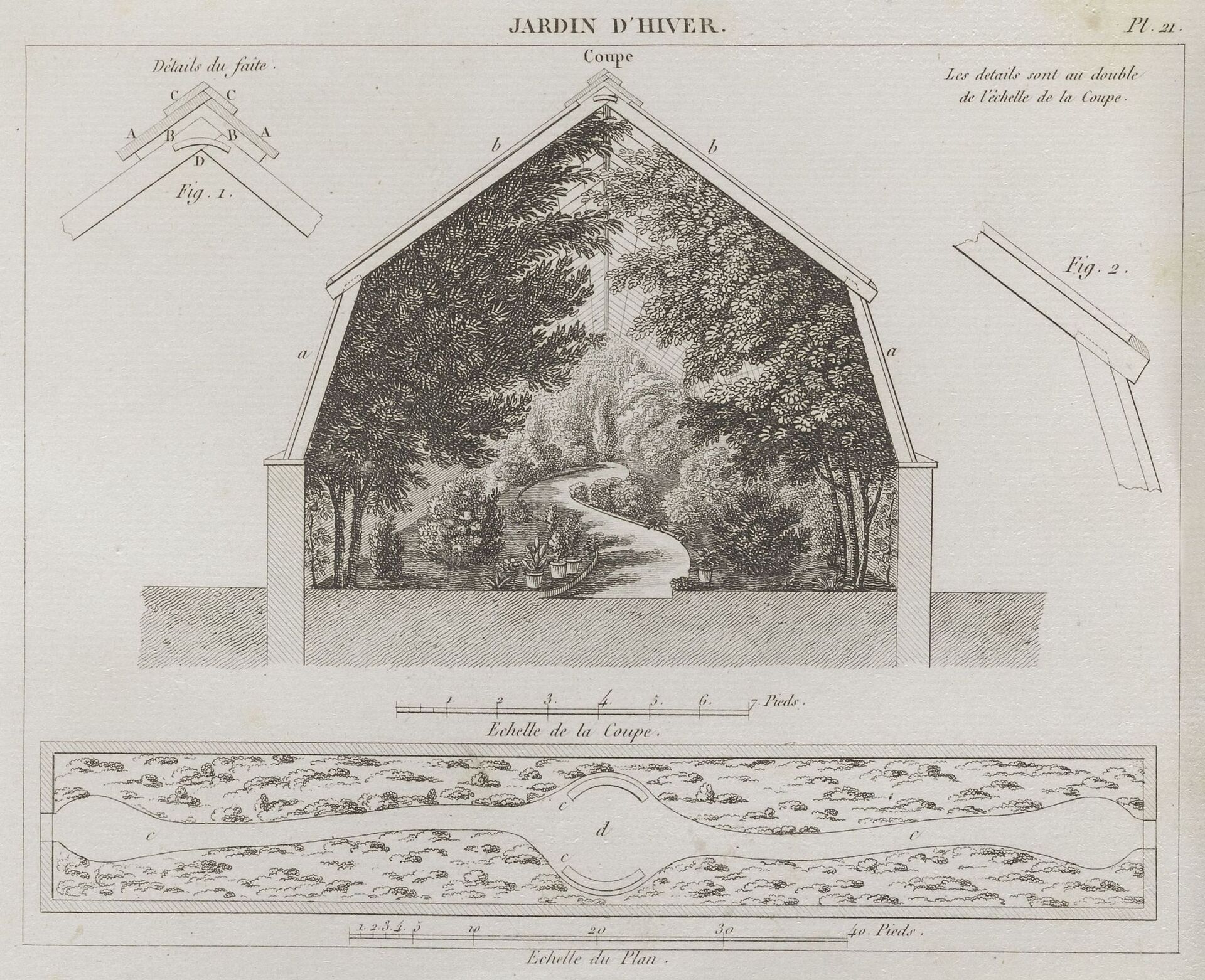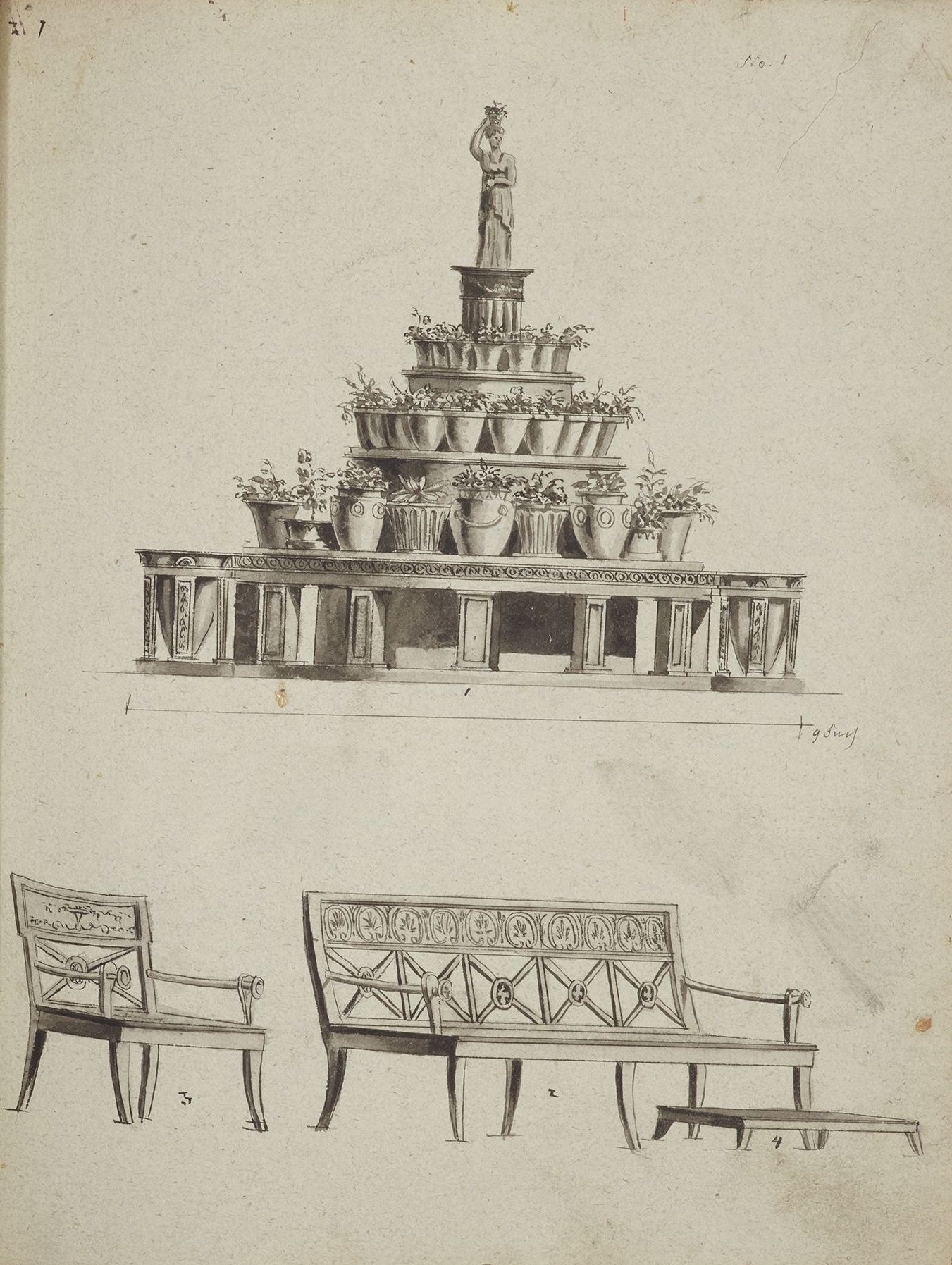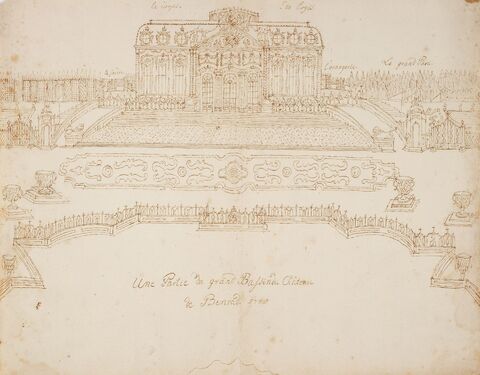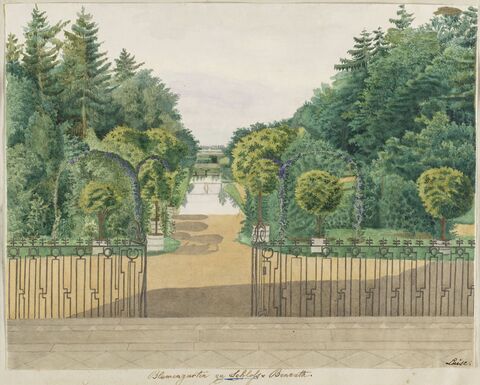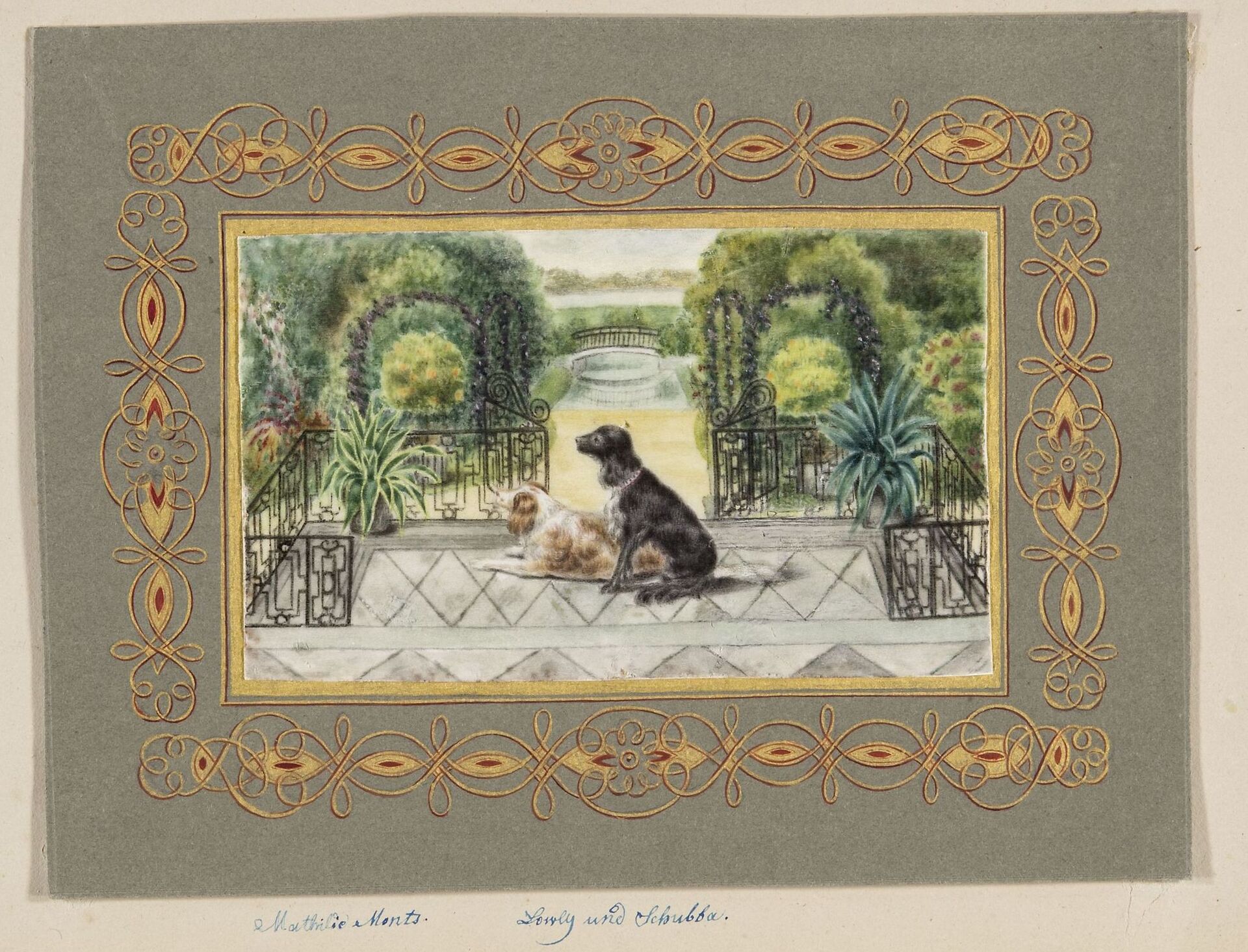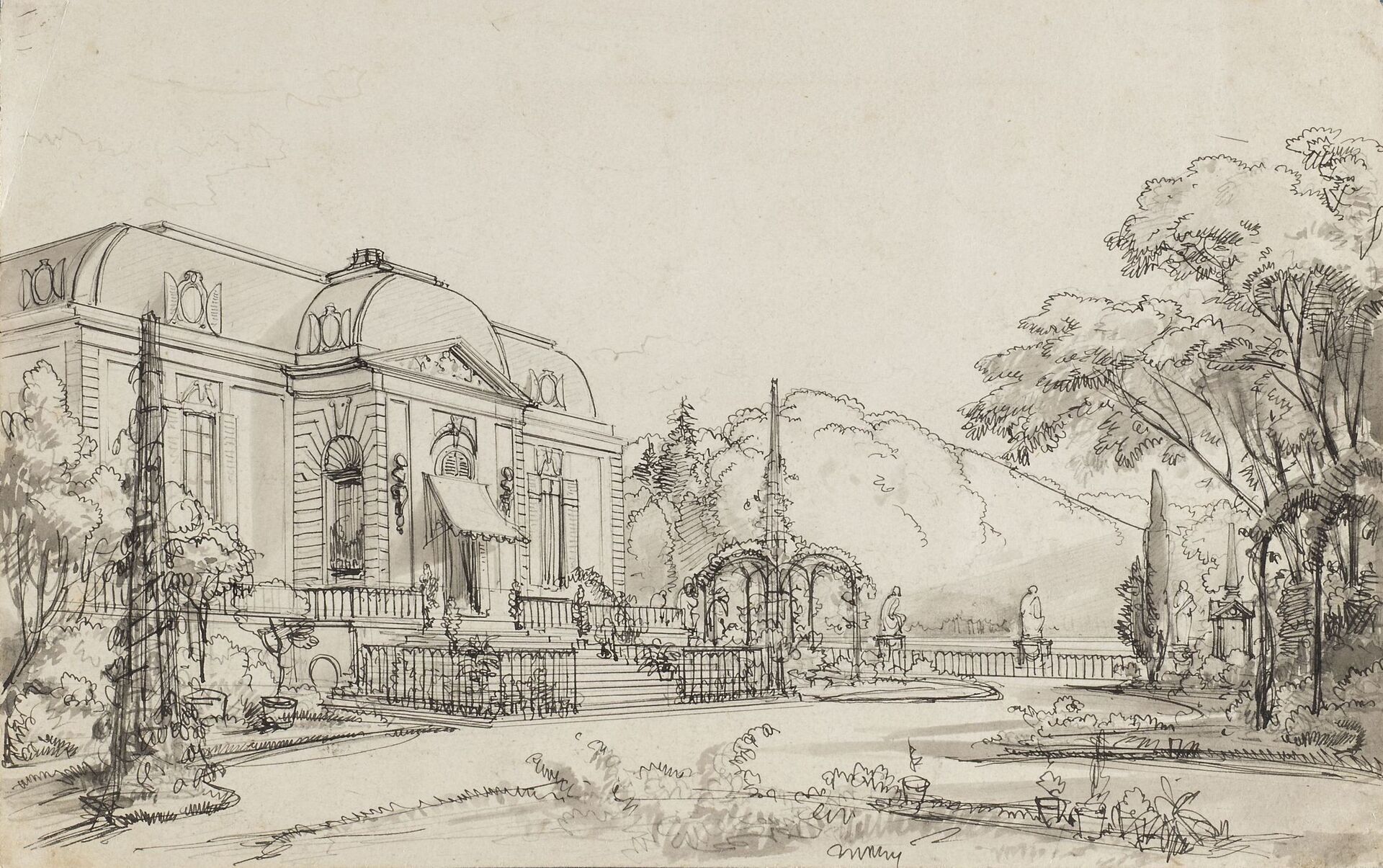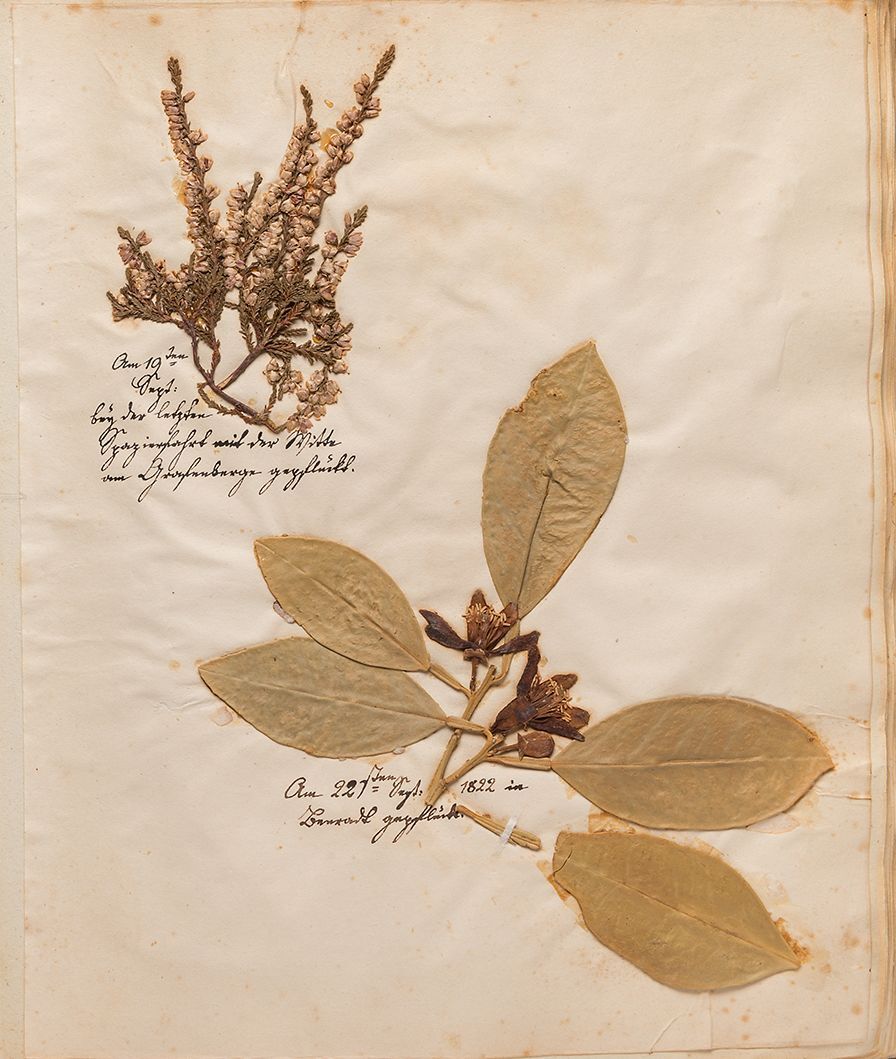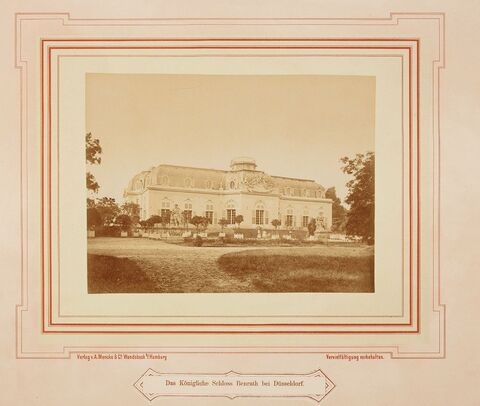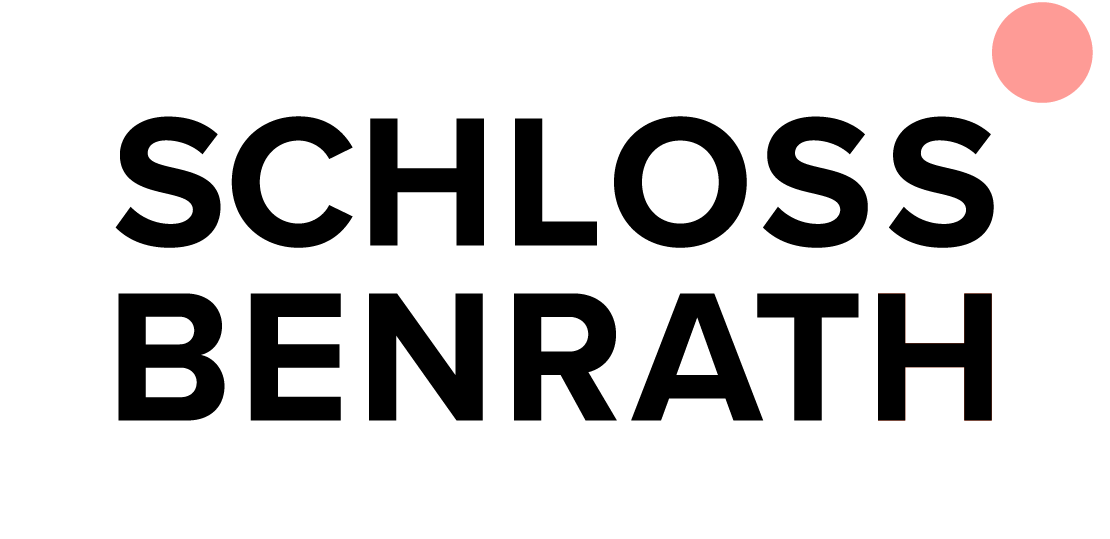Impressum
Die virtuelle Ausstellung Citrus Mania wird veröffentlicht von:
Stiftung Schloss und Park Benrath
Benrather Schloßallee 100-104
40597 Düsseldorf
gesetzlich vertreten durch den Vorstand der Stiftung Schloss und Park Benrath:
Nicolas Maas, Kaufmännischer Vorstand
Prof. Dr. Stefan Schweizer, Wissenschaftlicher Vorstand
Telefon: 0211 – 8921903
Fax: 0211 - 8929468
E-Mail: info@schloss-benrath.de
Inhaltlich verantwortlich:
Der Vorstand der Stiftung Schloss und Park Benrath:
Nicolas Maas, Kaufmännischer Vorstand
Prof. Dr. Stefan Schweizer, Wissenschaftlicher Vorstand
Stiftung Schloss und Park Benrath
Benrather Schloßallee 100-106
40597 Düsseldorf
Kurator*innen:
Digitale Ausstellung:
Christian Dickmeiss
Analoge Ausstellung:
Eva-Maria Gruben
Rechtliche Hinweise:
Die Deutsche Digitale Bibliothek verlinkt die virtuelle Ausstellung auf ihrer Internetseite https://www.deutsche-digitale-bibliothek.de/content/virtuelle-ausstellungen. Dabei wurde auf die Vertrauenswürdigkeit der Institution, welche die Ausstellung veröffentlich hat sowie die Fehlerfreiheit und Rechtmäßigkeit der virtuellen Ausstellung besonders geachtet. Der auf dieser Internetseite vorhandene Link vermittelt lediglich den Zugang zur virtuellen Ausstellung. Die Deutsche Digitale Bibliothek übernimmt keine Verantwortung für die Inhalte der virtuellen Ausstellung und distanziert sich ausdrücklich von allen Inhalten der virtuellen Ausstellung, die möglicherweise straf- oder haftungsrechtlich relevant sind oder gegen die guten Sitten verstoßen.
DDBstudio wird angeboten von:
Stiftung Preußischer Kulturbesitz, gesetzlich vertreten durch ihren Präsidenten,
handelnd für das durch Verwaltungs- und Finanzabkommen zwischen Bund und Ländern errichtete Kompetenznetzwerk
Deutsche Digitale Bibliothek
c/o Stiftung Preußischer Kulturbesitz
Von-der-Heydt-Straße 16-18
10785 Berlin
Telefon: +49 (0)30 266-41 1432, Fax: +49 (0) 30 266-31 1432,
E-Mail: geschaeftsstelle@deutsche-digitale-bibliothek.de
Umsatzsteueridentifikationsnummer:
DE 13 66 30 206
Inhaltlich verantwortlich:
Dr. Julia Spohr
Leiterin der Geschäftsstelle
Finanzen, Recht, Kommunikation, Marketing
Deutsche Digitale Bibliothek
c/o Stiftung Preußischer Kulturbesitz
Von-der-Heydt-Straße 16-18
10785 Berlin
Konzeption:
Nicole Lücking, Deutsche Digitale Bibliothek
Stephan Bartholmei, Deutsche Digitale Bibliothek
Dr. Michael Müller, Culture to Go GbR
Design:
Andrea Mikuljan, FIZ Karlsruhe - Leibniz Institut für Informationsinfrastruktur GmbH
Technische Umsetzung:
Culture to Go GbR mit Grandgeorg Websolutions
Hosting und Betrieb:
FIZ Karlsruhe - Leibniz Institut für Informationsinfrastruktur GmbH

